This is a Hogget Fleece from an Icelandic ewe lamb (female) rather than a ram (male). And here is the Wikipedia definition of Hogget
Hogget is the name of the first shearing of a sheep older than 3 months, and is the best wool that animal will ever give. It still has the unsheared lamb's wool, yet it is longer. Hand spinners prize such wool.
The lamb's name is Jade and she was raised by Owen for his 4H project. She is a showgirl and won the Best Fleece, Grand Champion, Champion Bred and Owned, Overall Supreme Fleece at the 2018 Cumberland Fair here in Maine. Owen is a family acquaintance, the grandson of a dear friend, and was a real friend to my father Maynard when my Dad was in his 80s and Owen was 5. They bonded over hunting, making things work, and building an awesome tree top hunting blind which, now that my father has passed away, Owen, who is now in his teens, uses during hunting season himself.
The reasons for using this fleece for this project are all wound together. First there is the quality of the fleece itself, and the fact that it is Icelandic. The original shawl was made with Shetland but, upon doing a bit of historical research, I have discovered that the DNA for Shetland and Icelandic sheep is very, very close indeed. The Shetland sheep have been more carefully bred in the last few hundred years, but both are also very similar to the sheep of Iceland and Greenland; in a word they are all coming from the Viking stock.
This wool was prepped by yet another spinner of my acquaintance, Jenny Underhill. I judge the hand spinning and knitting from hand spun at the Cumberland Fair every fall for the last few years and I have come to recognize Jenny's hand spun on sight. If the skein is very even, very smooth, no kink of any kind; in a word perfect then it is Jenny's. She has a gift for perfection. The prep on this fleece is as close to perfect as I have seen. It is very lofty, soft, no signs of felting or vegetable matter, and in every way worthy of the high quality of the fleece itself.
The skein below is an example of my spinning which is not as perfect as Jenny's but not too bad. I will ply two strands together once I get enough spun up to sort and match the subtle grey shades of the natural color of the wool.
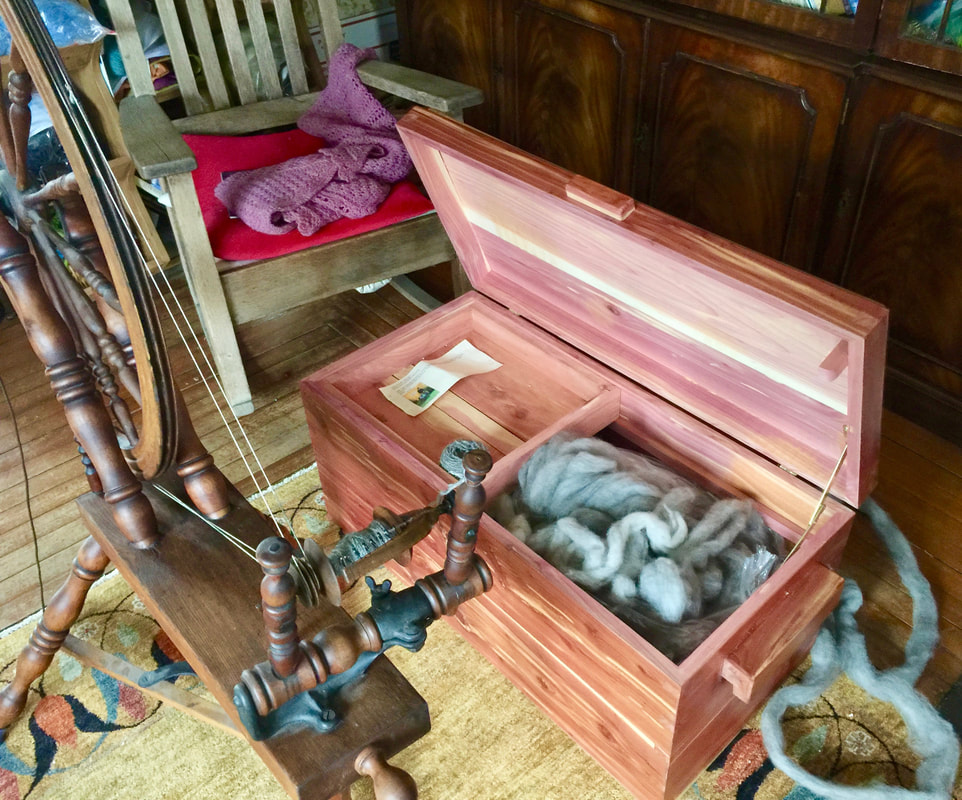
And here is nice picture of the Cedar chest that my Joe bought me for Christmas in order to fend off further moth invasions. It was built by Graham Wood Works and purchased through Etsy. Here is the link if you would like to look into getting one for yourself or for someone you love.
https://www.etsy.com/transaction/1550836901?campaign_label=proteus_transaction_buyer_notification_v2&utm_source=transactional&utm_campaign=proteus_transaction_buyer_notification_010170_239798626671_0_0&utm_medium=email&utm_content=&email_sent=1544785958&euid=tNJg1PdROwZWLRY4y9ZwBtfXdoL6&eaid=444903602150&x_eaid=04b0b9e66d
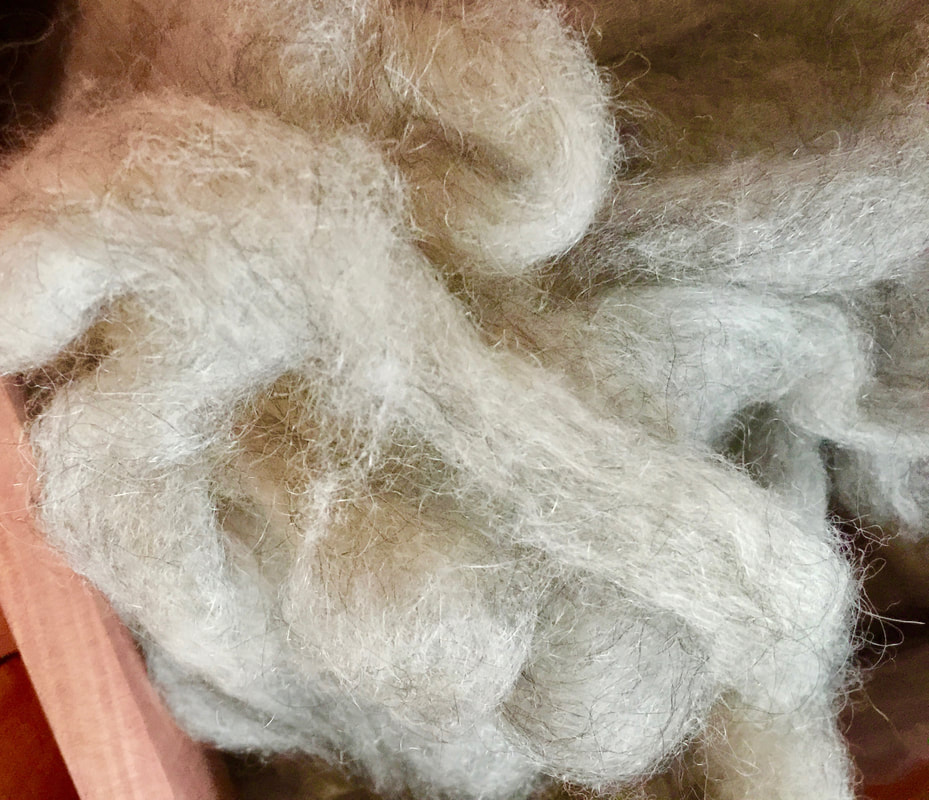
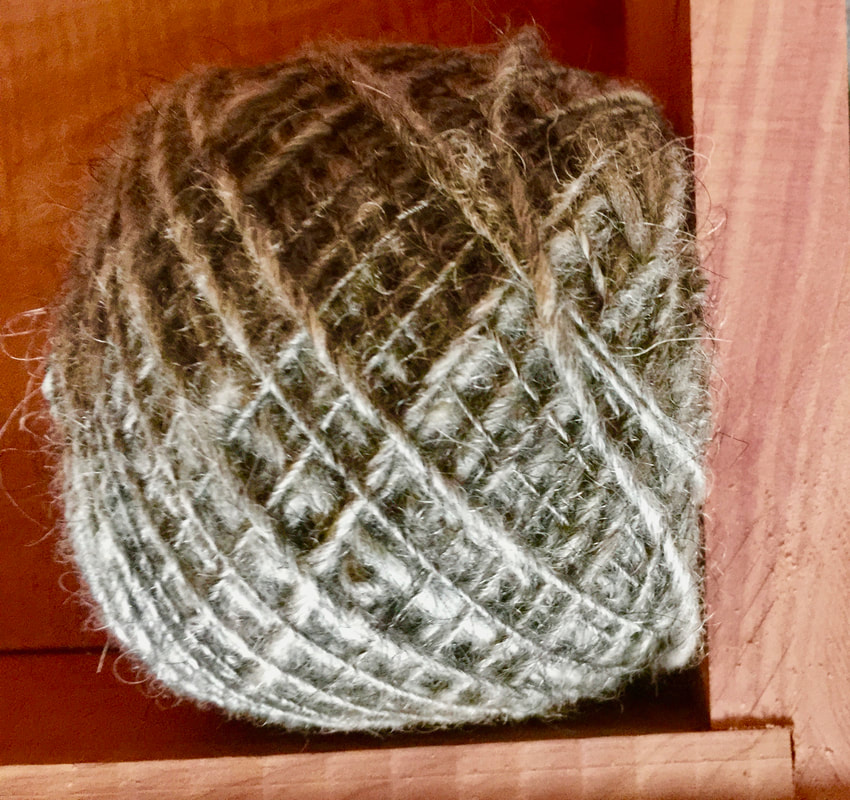
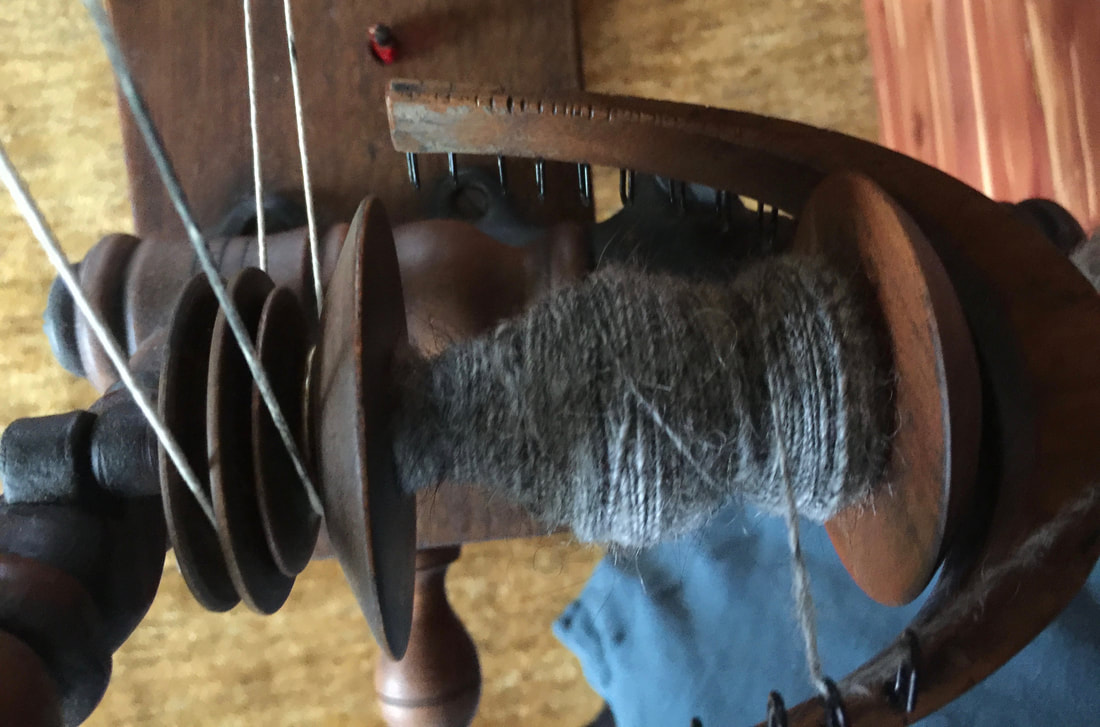
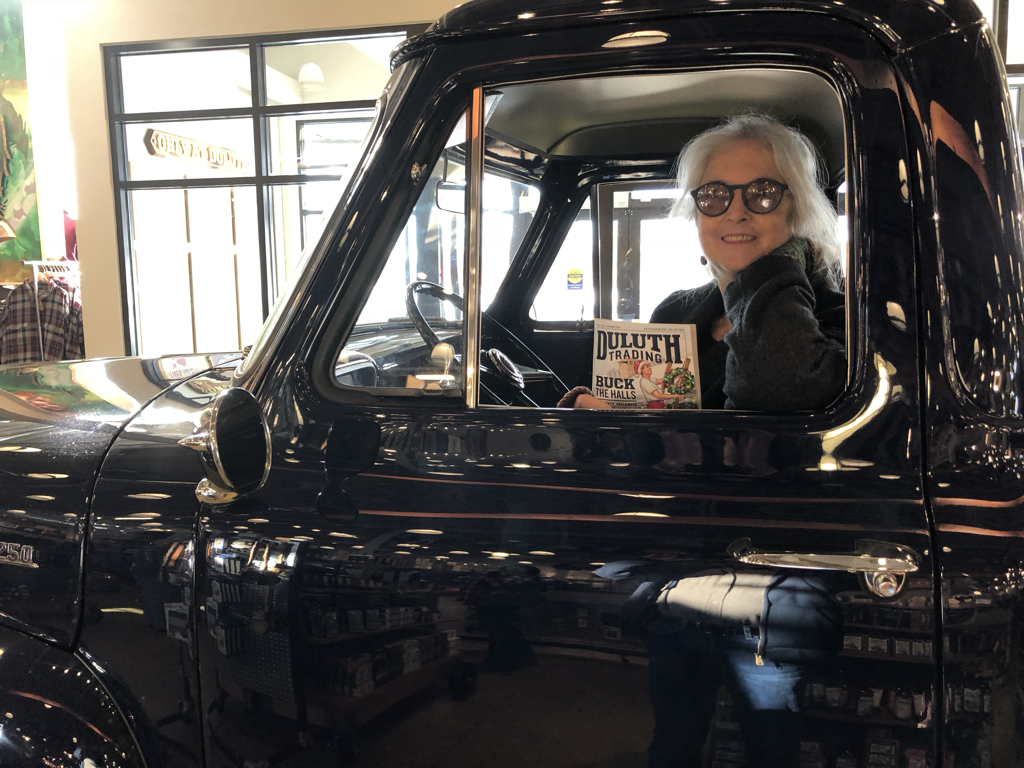
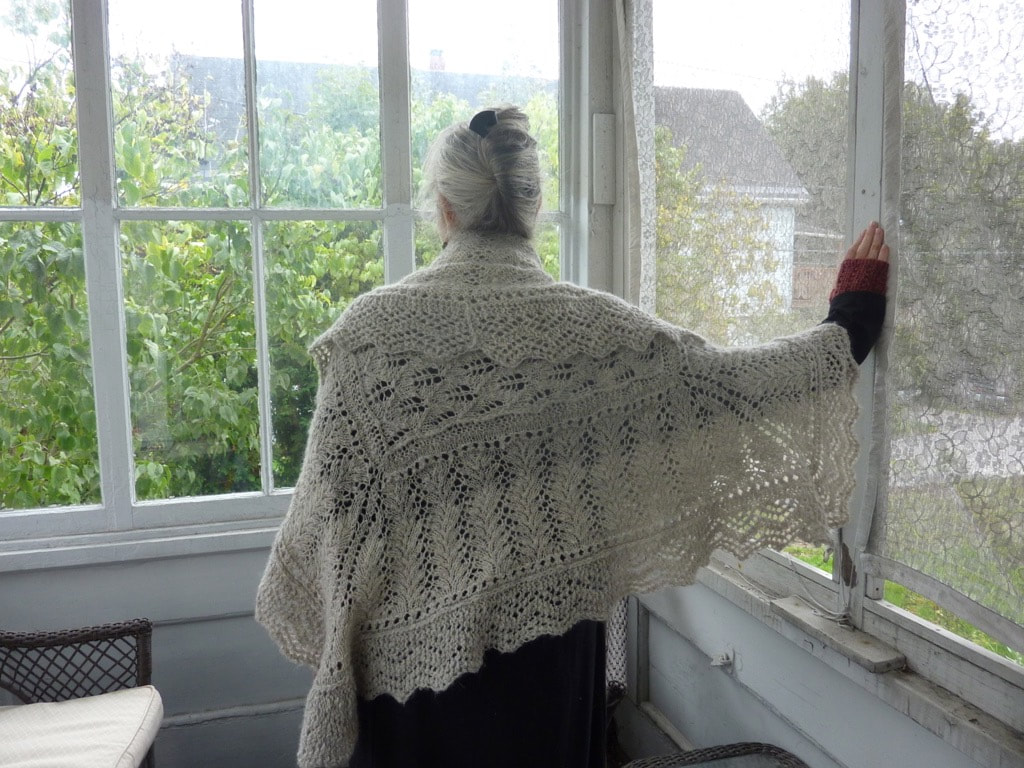
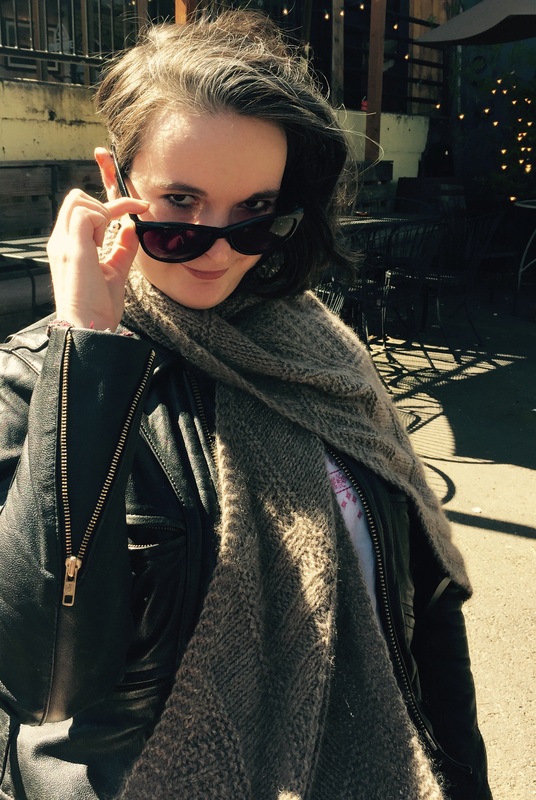
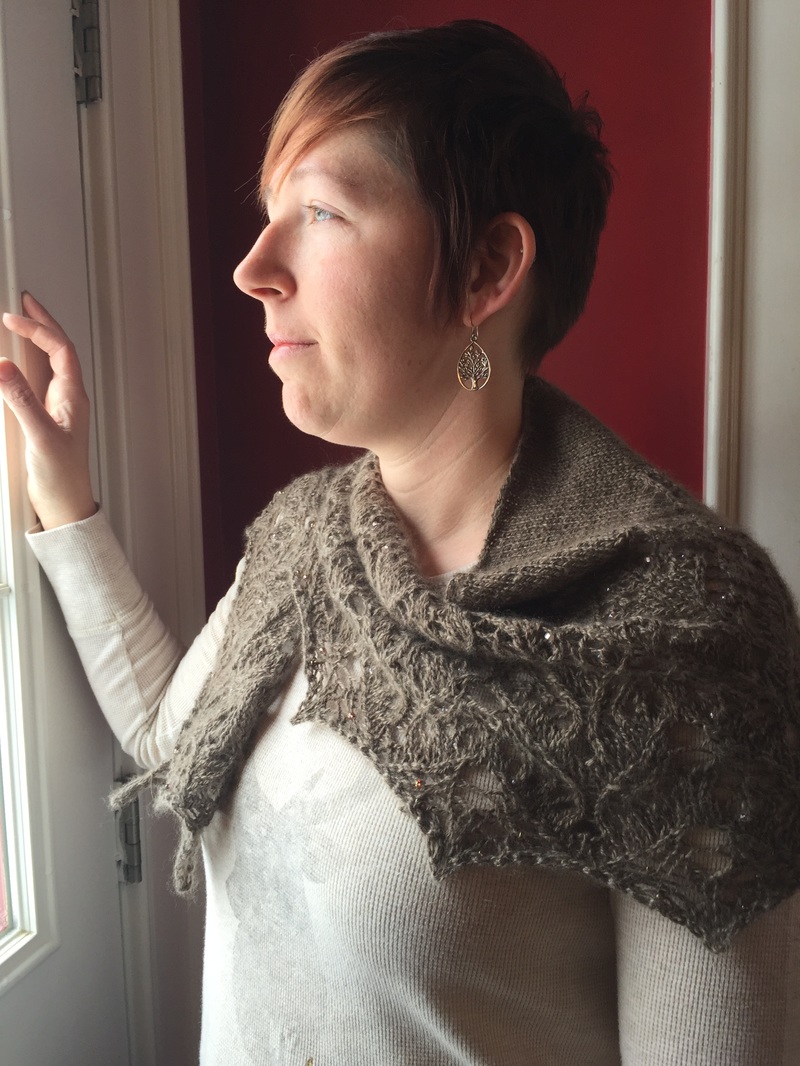
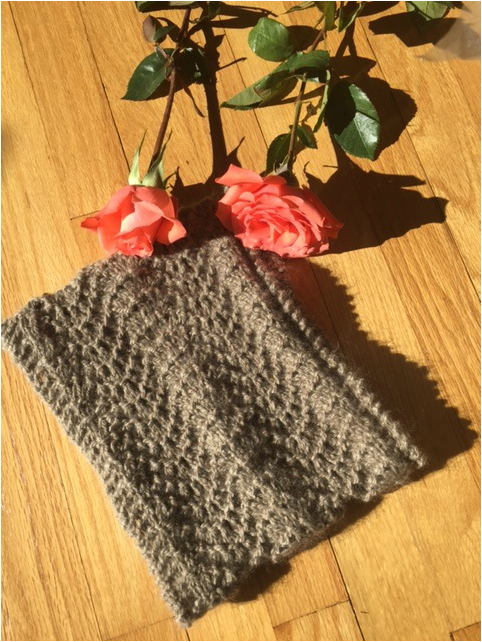
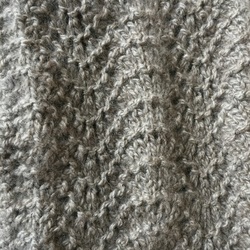
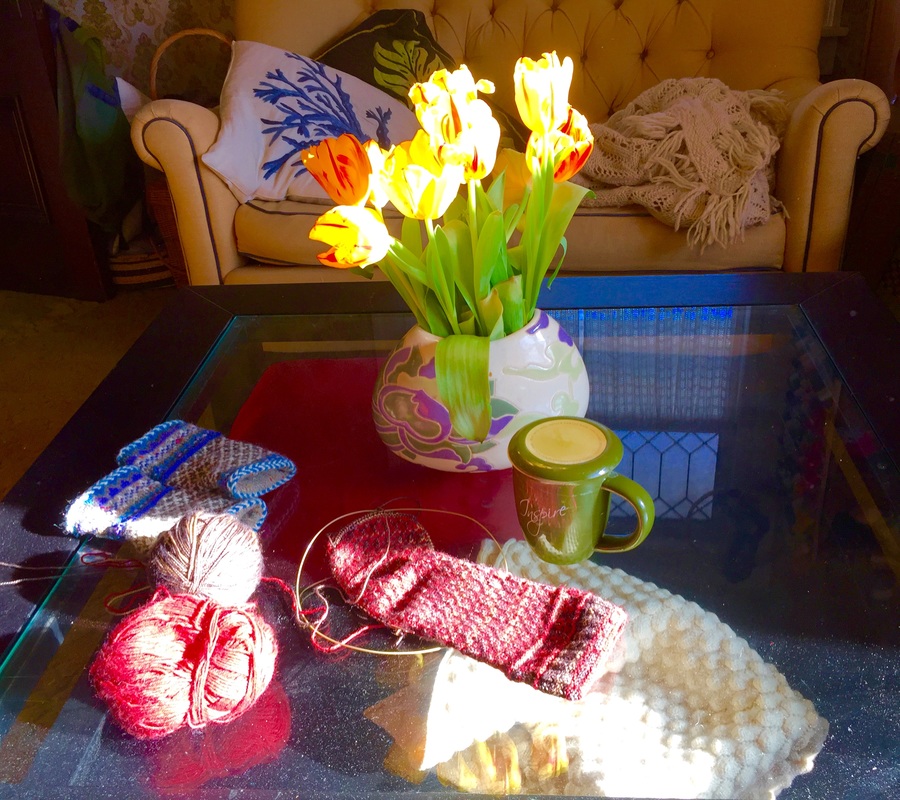
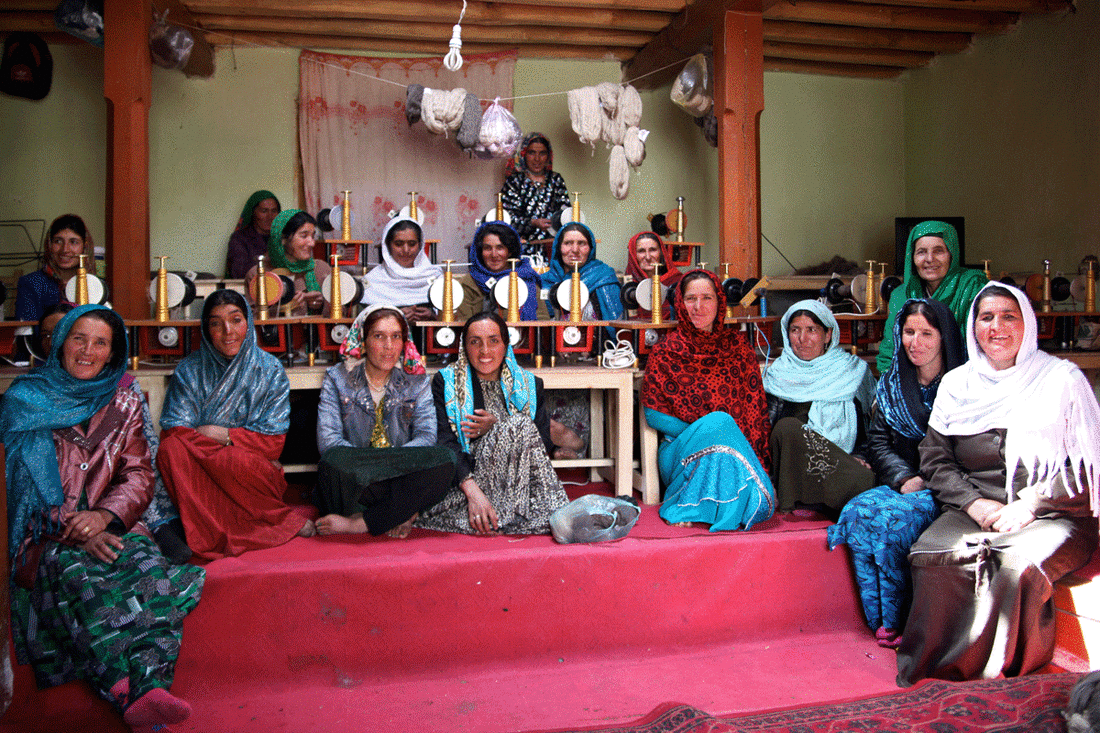
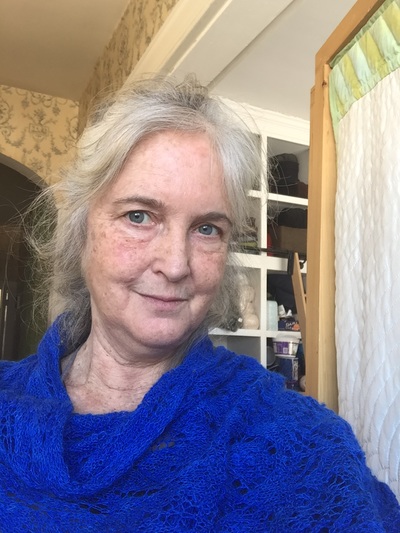
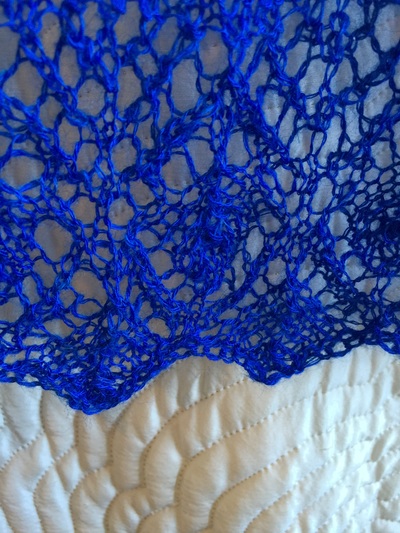
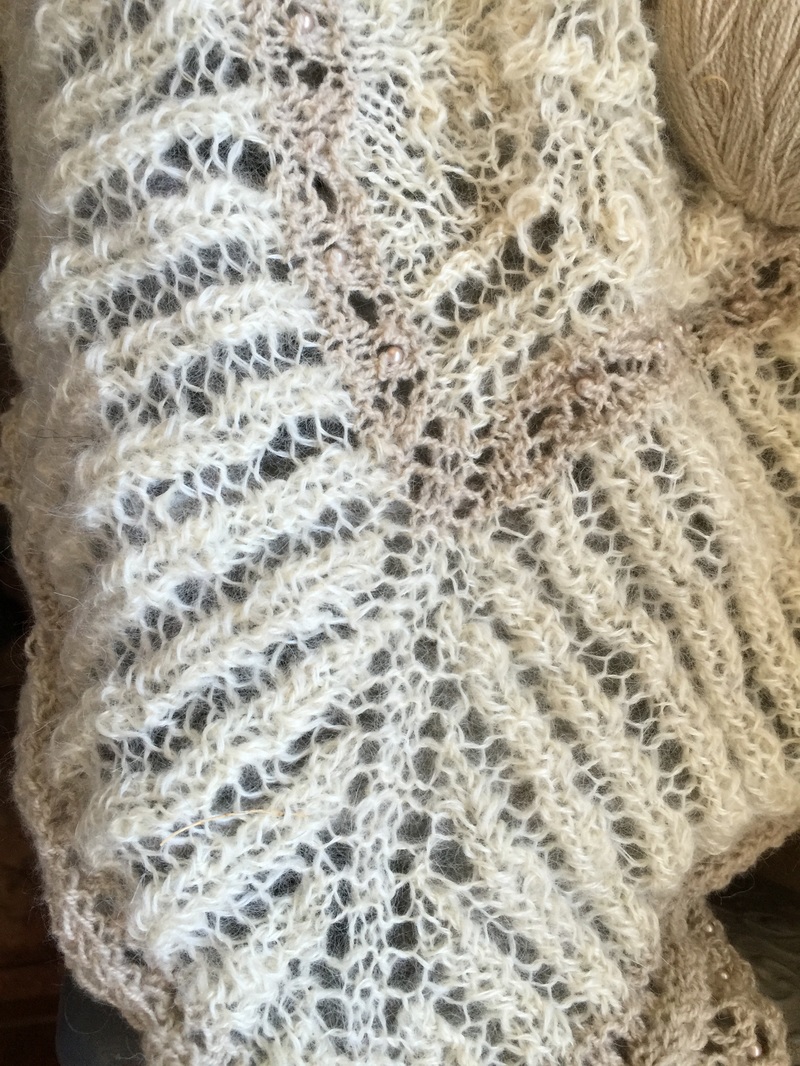
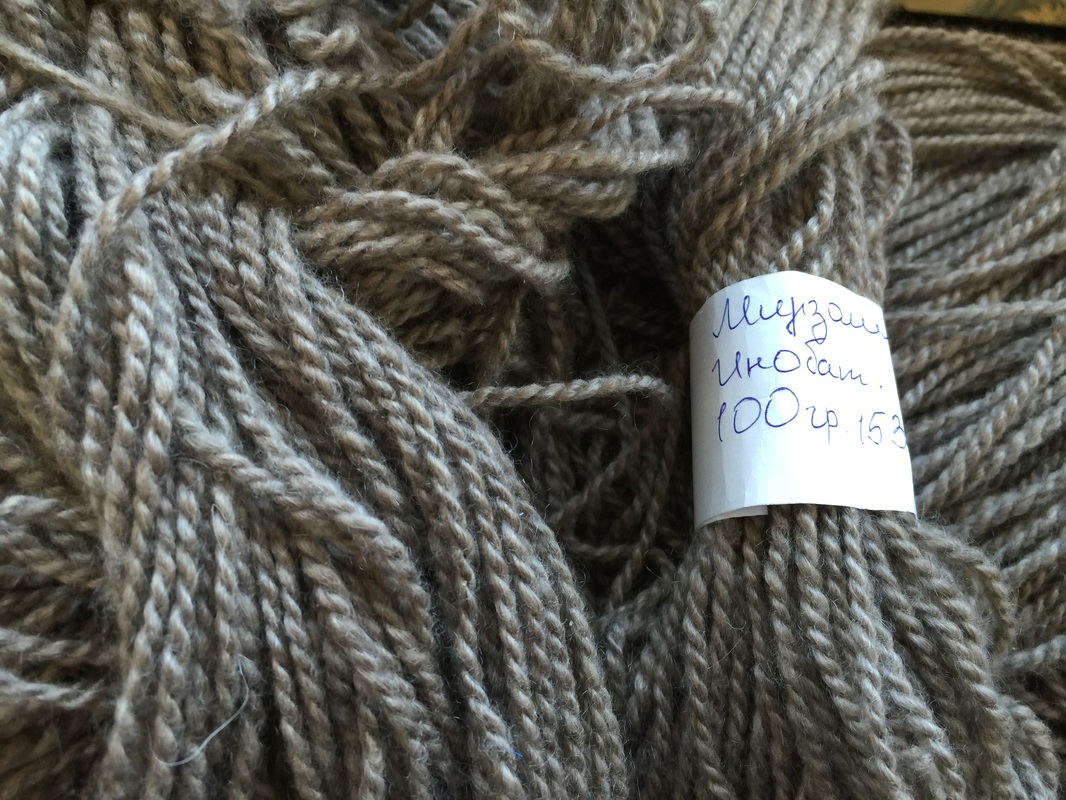
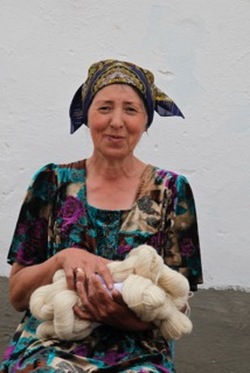
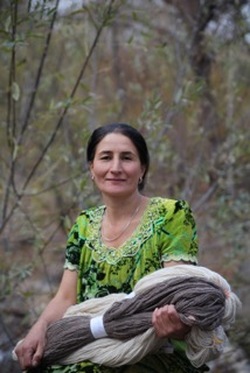
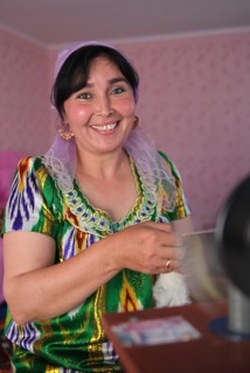
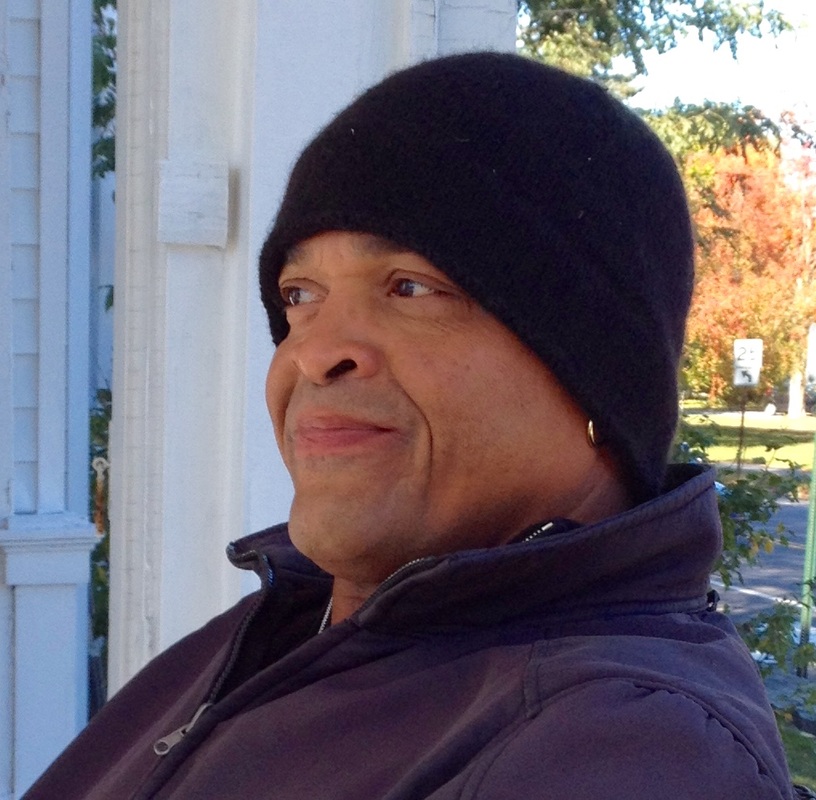
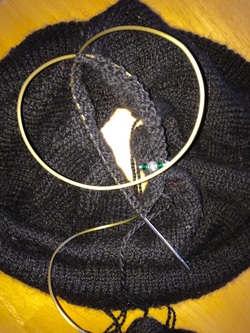
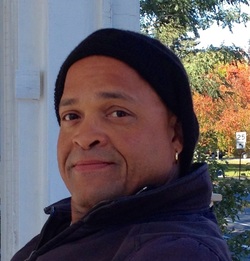
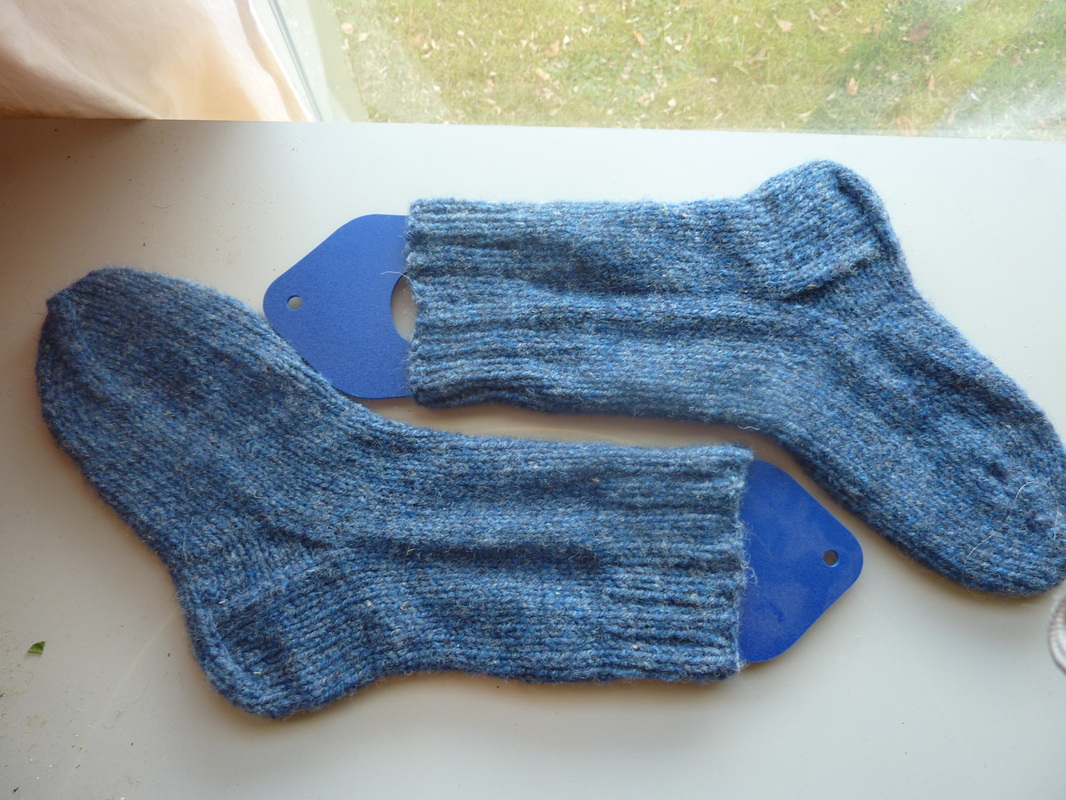
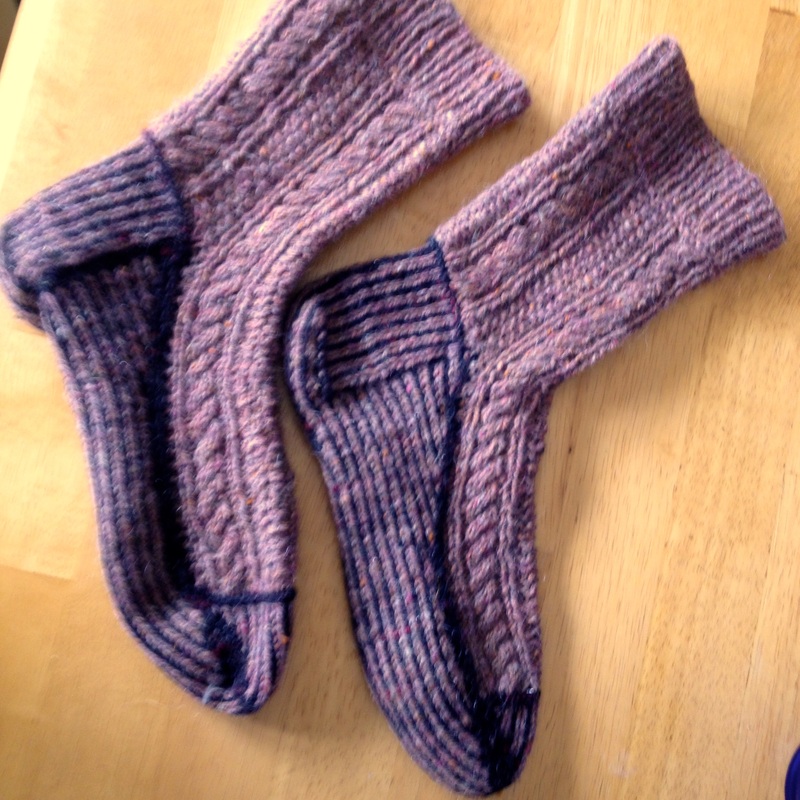
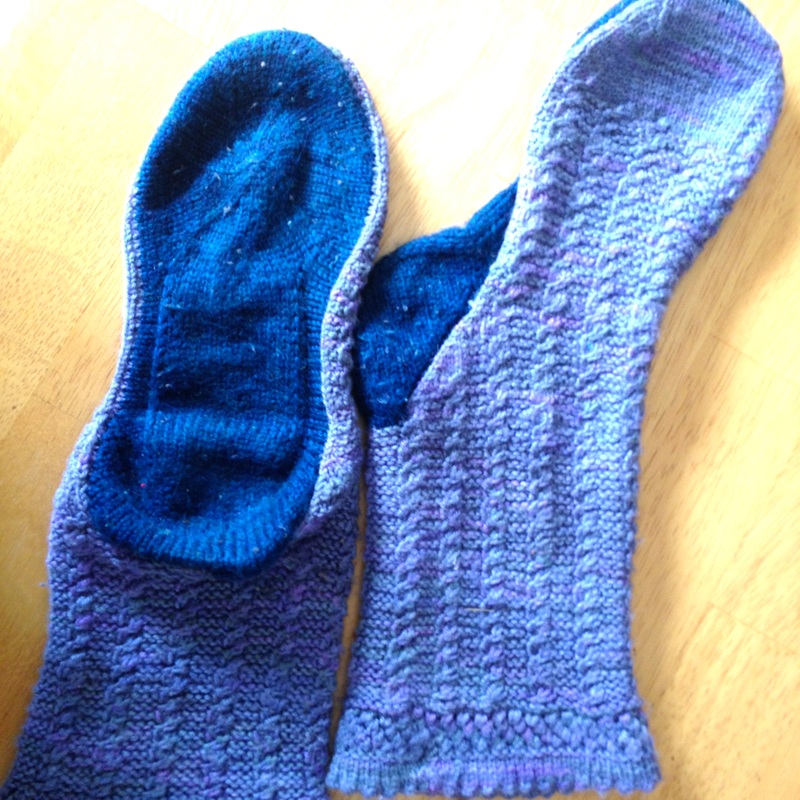
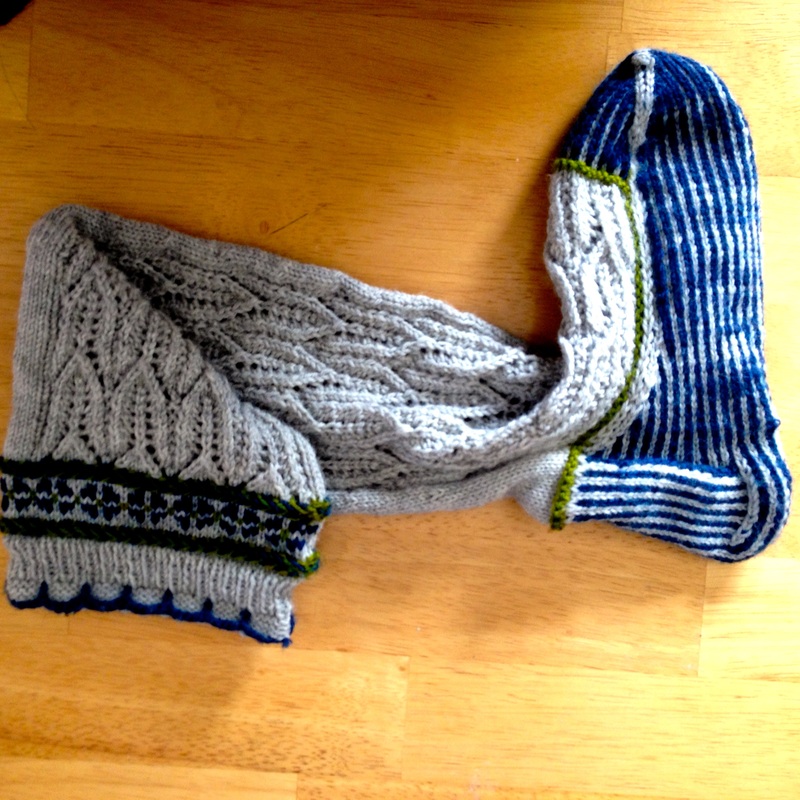
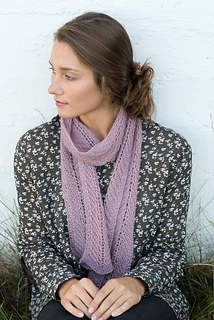
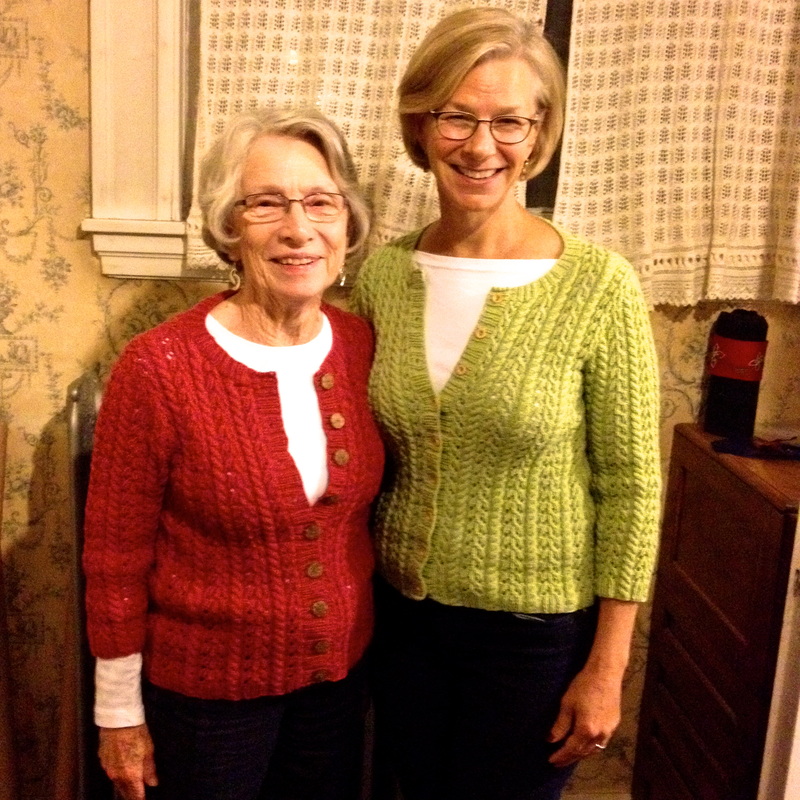
 RSS Feed
RSS Feed
